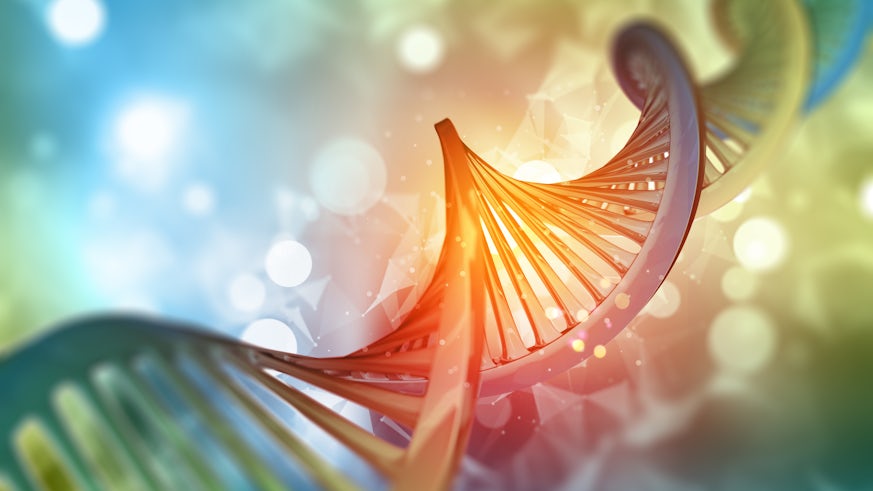Largest genetic study of bipolar disorder provides new insight into its biology and new potential treatments
17 May 2021

A recent study has brought the Bipolar Workgroup of the Psychiatric Genomics Consortium (PGC), one step closer to understanding the neurobiology of bipolar disorder.
The research group is striving to better understand the genetics behind bipolar disorder, which is a highly complex mental disorder, in which individuals experience extremely high and low moods. This can have significant consequences on behaviour, learning and memory, ability to work and relationships. It is said to affect around 40 to 50 million people worldwide.
Dr Arianna Di Florio, lead researcher for the study in the MRC Centre for Neuropsychiatric Genetics and Genomics at Cardiff University, explained: “DNA is the instruction manual your body uses to develop and function. Each person’s DNA varies slightly from everyone else’s and this is what makes us different.”
Dr Di Florio and her fellow researchers studied over 7.5 million common variations in the DNA sequence from almost 415,000 people, over 40,000 of which had bipolar disorder.
By comparing the DNA variations in people with and without bipolar disorder, the study, published in Nature Genetics, identified variations that point to systems within the brain that are important for communication between neurons.
Neurons are the cells responsible for carrying information through the brain and nervous system so that we can react to our environment.
Dr Di Florio continued: “This research found more than doubled the number of DNA variations that influence one’s risk for the disorder since our last paper. We are therefore another step closer to understanding the neurobiology of bipolar disorder and will continue to focus on improving this in our future work.”
Neurons are able to communicate effectively through the use of calcium. Without calcium flowing into the cell through calcium channels—a process known as calcium signalling—, neurons would not be able to generate the necessary electrical signal to communicate to each other.
Professor Andrew McQuillin, who headed the University College London arm of the study, added: “This study found DNA variations linked to bipolar disorder that are relevant in neuron communication and calcium signalling. This points to the possibility of repurposing drugs already used for the circulatory system for bipolar disorder treatments.”
The actual effectiveness of these drugs for bipolar disorder remains unknown however and requires further research before any recommendations can be made. Other possible genetic variations that might be targetable by drugs were identified and may be of interest for researchers going forward.
The study also found overlaps between the biology of bipolar disorder and that of other psychiatric disorders such as depression and schizophrenia and, to a lesser extent, that of sleep habits, level of education and alcohol and substance usage.
“Our findings provide researchers with important information to consider for a wide range of follow-up studies, from the biological mechanisms of bipolar disorder to its definition and treatment options,” concluded Professor McQuillin.
The bipolar disorder DNA samples were collected by researchers from more than 200 institutions all over the world. Over 6,000 samples were taken from one of the largest and most established continuous bipolar disorder sample collections, the Worcester/Cardiff-based Bipolar Disorder Research Network (BDRN).
One of the leading researchers at the University of Worcester, Professor Lisa Jones, said about the research: “The Bipolar Disorder Research Network (BDRN) is the largest contributor of bipolar cases to this landmark world-wide analysis and we are indebted to everyone who has volunteered to help with BDRN over the last 25 years.”
The PGC will continue to build on this work with additional cases and analyses of the data, hopefully moving towards a better understanding of the complex disorder.
Read the full paper: Genome-wide association study of over 40,000 bipolar disorder cases provides new insights into the underlying biology